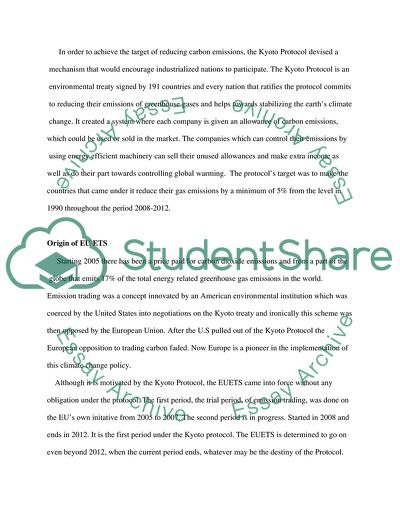Cite this document
(Economics of Environment Coursework Example | Topics and Well Written Essays - 1500 words, n.d.)
Economics of Environment Coursework Example | Topics and Well Written Essays - 1500 words. https://studentshare.org/macro-microeconomics/1576396-economics-of-environment
Economics of Environment Coursework Example | Topics and Well Written Essays - 1500 words. https://studentshare.org/macro-microeconomics/1576396-economics-of-environment
(Economics of Environment Coursework Example | Topics and Well Written Essays - 1500 Words)
Economics of Environment Coursework Example | Topics and Well Written Essays - 1500 Words. https://studentshare.org/macro-microeconomics/1576396-economics-of-environment.
Economics of Environment Coursework Example | Topics and Well Written Essays - 1500 Words. https://studentshare.org/macro-microeconomics/1576396-economics-of-environment.
“Economics of Environment Coursework Example | Topics and Well Written Essays - 1500 Words”. https://studentshare.org/macro-microeconomics/1576396-economics-of-environment.


